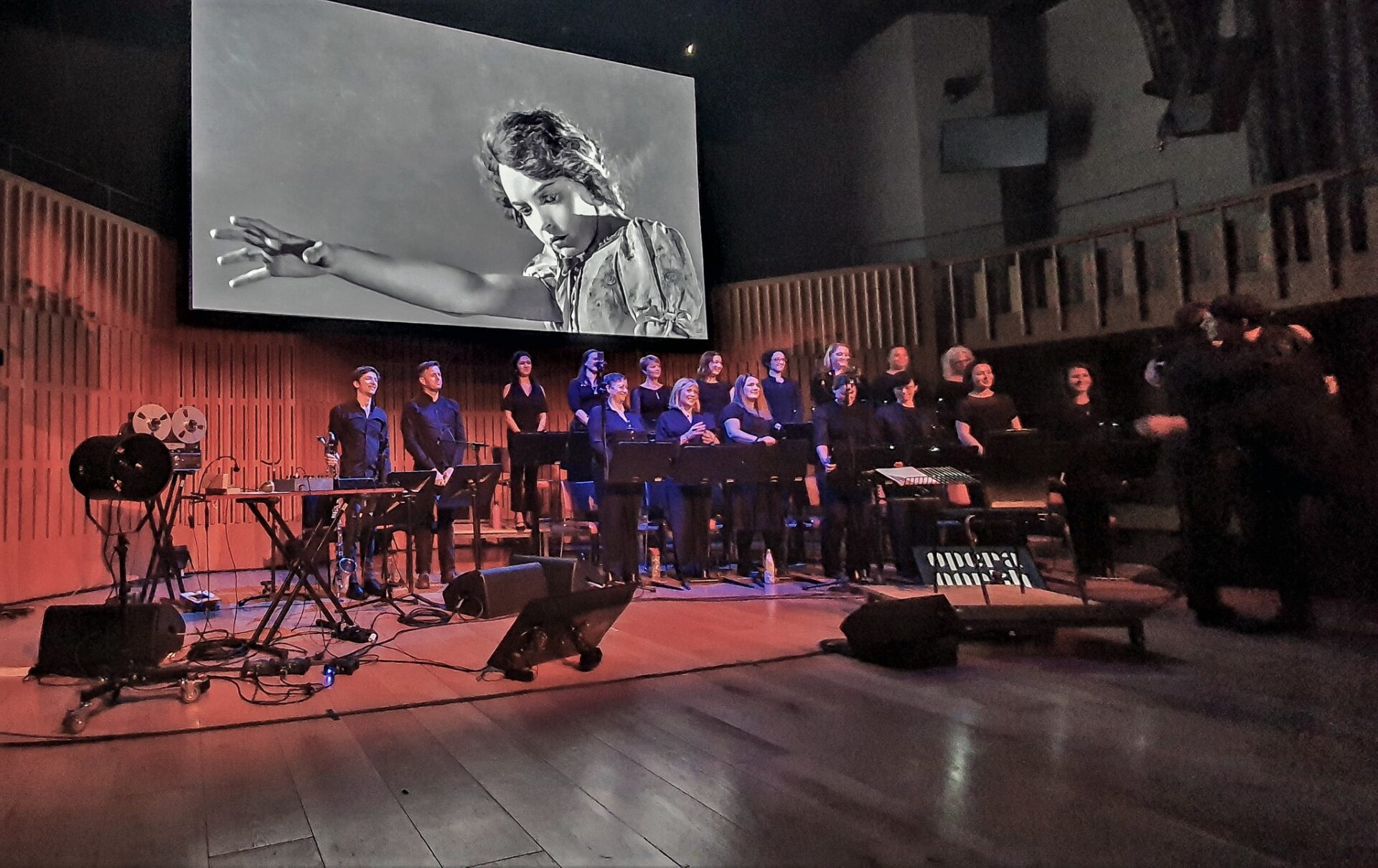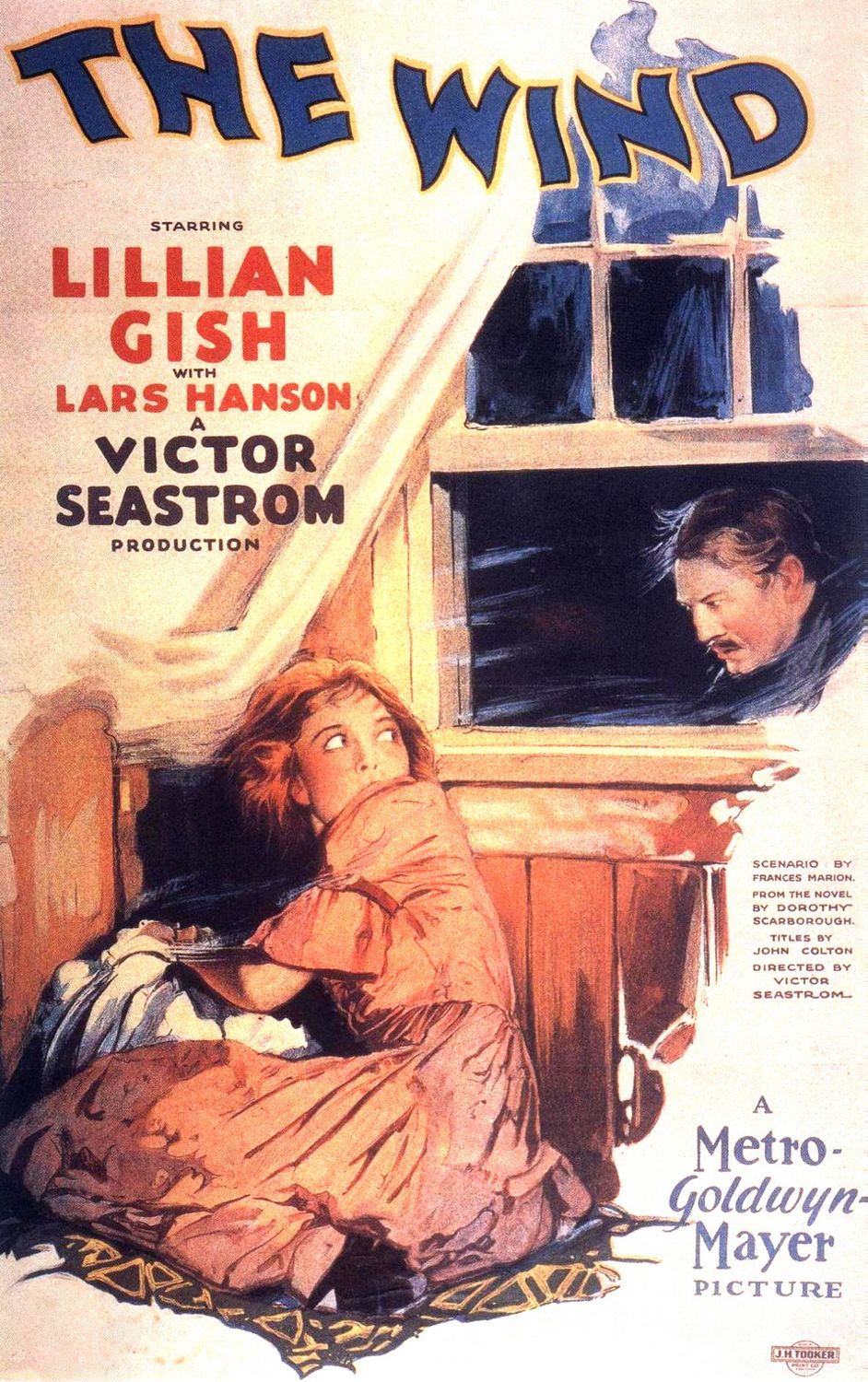When: 26/02/2022
Where: Howard Assembly Room, Leeds
The Wind provides a significant landmark in cinematic history. Released in 1928 at the dawn of the sound era it was one of the last major silent films ever created. It was to be the final silent major motion picture released by Metro-Goldwyn-Mayer, the production company whose studio then dominated the movie business. It was also to be the final silent film by one of the period’s great directors, Victor Sjöström, just as it was for of one its biggest stars, Lillian Gish.
Now almost a century after its original release a new score for The Wind has been written by the Scottish composer and artist Erland Cooper for the women of the Chorus of Opera North. It is the latest commission in Opera North’s FILMusic series and this evening in the Howard Assembly Room in Leeds sees the final performance of the tour having received its world premiere at Sage Gateshead on Thursday before moving onto RNCM Manchester last night.

Shot near Bakersfield in the Mojave Desert in southern California, The Wind tells the story of a young woman (Lillian Gish) who travels West to stay with relatives on the desolate prairie in search of a better life only to find herself exposed to a harsh, unremitting environment populated by predatory men and the hostility of the film’s titular elements. It is a deeply harrowing tale of jealousy, rape, murder and a descent into madness.
In its original form without any accompanying soundtrack The Wind is a disturbing psychological drama, replete with indelible, brutal imagery accentuated by John Arnold’s impressive, often surreal cinematography and the tortured complexity of Lillian Gish’s brilliant performance in the lead role. You add Erland Cooper’s musical score and the film is elevated into another experiential dimension altogether.
Speaking about the The Wind and the creation of his live score, Erland Cooper said: “The Wind is like a requiem to a dying medium or art form. I want to echo that in a simple live score created predominantly from the human voice that touches on its drama and poetry, combining clouds of sound and textures in an almost tone poem score.” He achieves this end by combining the voices of the 18 women of the Chorus of the Opera North together with his own textural recordings and live analogue processing.
During the original shoot, in heat that was often more than 100 degrees Fahrenheit, the sheer savagery and relentless nature of the sandstorm was created by projecting sand from wind machines and/or multiple aeroplane propellers. The addition of the live score here adds further stark realism and devastating detail to this imagery transforming the unforgiving landscape into something that is even more extraordinary and otherworldly. The sound equally magnifies the film’s characters and reinforces just how far their roles are sculpted from the merciless environment in which they find themselves. And it is this physicality, the representational impact of sound and vision upon both time and place that confirms The Wind’s status as a true cinematic masterpiece.
Photo: Simon Godley




